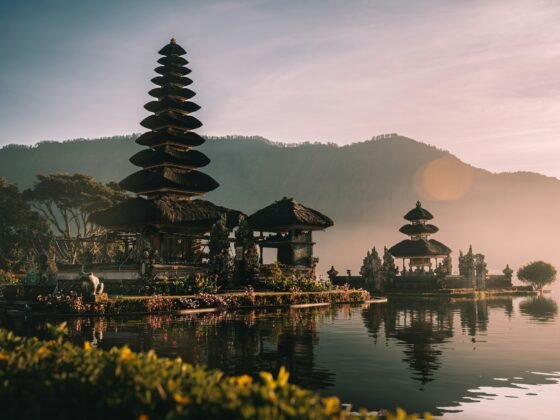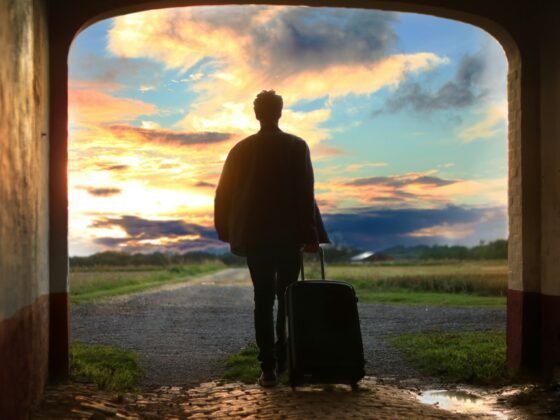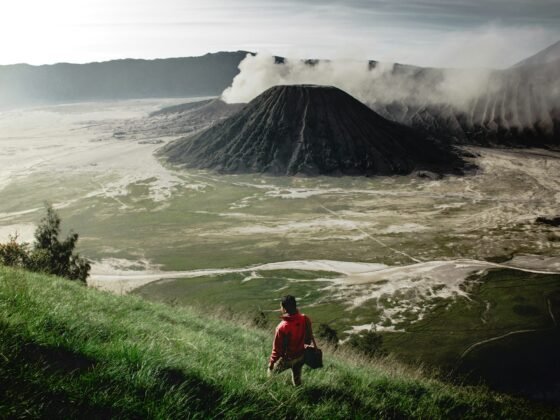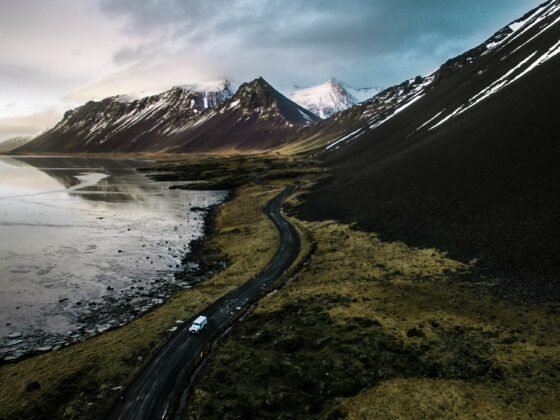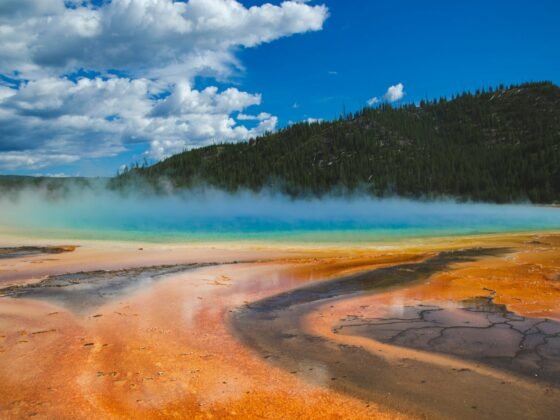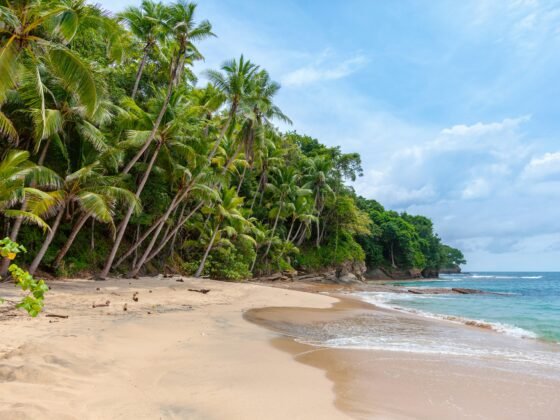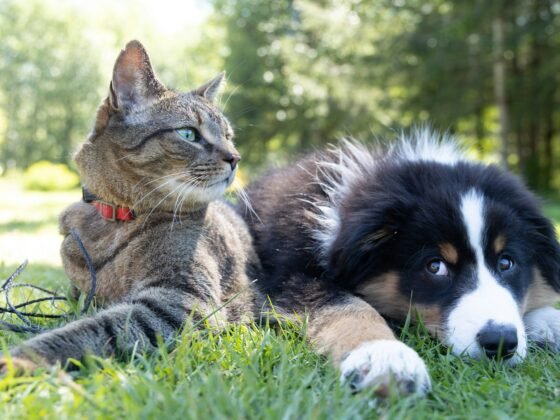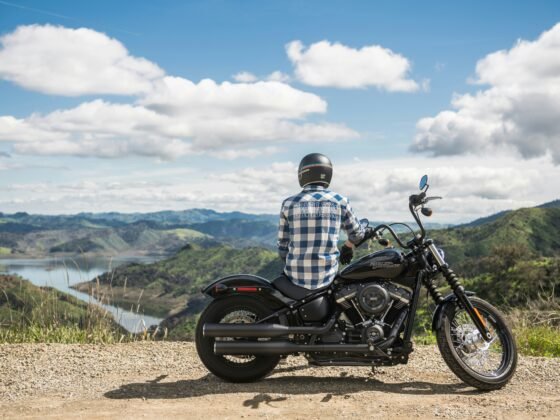Japan Adventure Travel Guide: Ideas and Inspiration
PureTravel Says: “The home of Bushido and the Samurai, Japan is a beautiful and enigmatic country that offers several wonders for the adventurer and holiday seeker alike. Perched in the Pacific Ocean, it is located east of the Sea of Japan, and also east of the People’s Republic of China, Korea, and Russia. It stretches north to the East China Sea and south toward Taiwan.”
-----------------------------------------------------------
Holiday Highlights
Walking & Trekking – Most of the trekking highlights in Japan are the heritage hikes like the ones in the Kunisaki Peninsula, which can be trekked by bike or by foot. The Kunisaki trail takes you across Shinto shrines in Usa, as well as the Nokori Ridge trail that lets you visit the Kumano Mugaibutsu stone images. Expect to see hot springs, and experience Japanese native food to complete your holiday experience of Japan. Also experience the spiritual aspect of Japan, as the trails will bring you to Iwa-tou-ji and then Monjusen-ji temples, passing along the ruins of the destroyed Sen-tou-ji temple as well.
Culture – The culture of Japan is a mix of modern influences since the arrival of the Allies after the Second World War, when the Allied forces occupied the country for several years. Of course, centuries-old Japanese culture still remains including its religions, martial arts, as well as traces of the Samurai lifestyle left in some villages.
Rafting – Japan has two white-water rafting sites that you will certainly enjoy: the Tone River and the Yoshino River. Both have guides on-site to ensure your enjoyment and safety, and the rivers’ courses promise beautiful and exciting views as well.
Wildlife – Japan’s wildlife is something for the holiday adventurer to enjoy. In this island country, you can find more than 600 species of bird life, most of them unique to the country and cannot be found anywhere else. A large number of mammals can be found as well, including the red-face macaque, which is the only primate that you can find in Japan.
-----------------------------------------------------------
When to Go
Rafting season in Japan depends from river to river. In the Tone River, the best season is considered to be in spring, from the months of April to June. However, canyoning is enjoyable all year round, through the different seasons. In the Yoshino River, the best time to go is from May to October as the rivers have consistently high flows that rafting enthusiasts will certainly enjoy.
The Kunisaki trek is most enjoyable during the months of March through to December. Spring, autumn, and winter are the best seasons for bird-watching as large number of migrant birds make their appearance in Japan during these seasons.
-----------------------------------------------------------
Top Tips
-Stay with your group so you don't become lost, especially in the mountain trails of the Kunisaki trek.
-Make sure you acclimatize as you go higher. These are big mountains, and they must be treated with respect.
-Always make a point to follow what your guide says as they are locals and know the area and the paths.
-Respect the customs of the locals. Many times you will find yourself in shrines and temples dedicated to deities of the local region, so treat these places with respect. If you meet elderly people, make sure to bow slightly to show respect.
-----------------------------------------------------------
Holidays in Focus
-----------------------------------------------------------
Walking and Trekking
Japan is a country where the people are friendly, hospitable, and full of respect. Most of all, Japan has some beautiful and picturesque mountain trails that will be paradise for keen walkers and hikers.
The Kunisaki Heritage Biking and Trekking trail is a wonderful experience. On the first day of your trek, you will walk through a statue-dotted pilgrim path. Along the way, you will actually be hiking upward along a path that straddles a deep chasm. The path will first take you through the Usa Jingu shrine, dedicated to the deified emperor Ojin who was said to have appeared as a deity in this shrine several centuries ago.
In this region, there is a cottage that you can rest for a while. Another remarkable sight in this trail is the large Buddha that has been carved into a cliff, called a Magaibutsu. A lot of these statues can be found all over Japan, remnants of the Heian Age when Buddhism was powerful in Japan, but the most famous is the one you will find in Kunisaki.
The Kunisaki Trail shows the different temples in the peninsula, temples were once homes of the region’s powerful religious institutions from centuries ago. These temples include the Futago-ji, located in central Kunisaki and nestled just below the dormant volcano Mount Futago.
You can also visit the ruins of an old temple that houses the remains of hundreds of Buddhist monks, including the one that is said to introduce the religion to the peninsula more than a millennium ago. Another temple in the itinerary is Monjusen-ji, which sits precariously on a cliff face, giving impressive views of the sea below.
Aside from temples, there are other attractions that you find when going through the Kunisaki trail. These attractions include the many beautiful forests that you will walk through many times throughout the trek. You can also visit the studios of a famous Japanese sculptor that specializes in making Buddha statues.
The trek also gives you the rare opportunity of joining the Buddhist priest in the dawn prayer in Monjusen-ji, as well as the chance to obtain some holy water in a hidden cave near the temple. For those interested in astronomy or simply wonder what the stars look like at close up, the Kunisaki observatory offers you the chance to gaze through the 65cm reflecting telescope that the facility has for public use. Of course, one of the best parts of this trek is the chance to enjoy genuine Japanese-style restaurants, lodgings, and cuisine, and the hot springs that Japan is known for since the times of the Samurai.
You can also take the off-the-beaten treks of the country. These are places that are equally beautiful but have lesser number of visitors every year. You have Mount Fuji, which is a volcano topped with snow. It is also considered the highest mountain peak in the entire country.
Normally, visitors would have to wake up very early in the morning so that they can watch the sunrise, which is glorious to watch here. You can then follow a very long trail on the 88 Temple Pilgrimage, which is found in Shikoku Island. It contains a large number of temples, totalling 88, although this does not include those unnumbered ones. Pilgrims would usually travel by bus, but you can still find pilgrims travelling by foot.
-----------------------------------------------------------
Culture and History
The major parts of Japan’s history began during the Yamato period, during the time when the capital of the country was in Nara in the Yamato province, hence, the name. However, before this period, Japan had been inhabited by the Jomon and the Yayoi people. It is not known yet how the Yamato society came into being, but historians propose two theories: the Yayoi people were either dominated by the Yamato or evolved into the militaristic Kofun society that were later on taken over by the Yamato. The Yamato period itself is divided into the Kofun and Asuka periods, and the actual start of the Yamato period is disputed.
It is during this period that the religion of Buddhism was first introduced into Japanese culture through Baekje. However, it would take quite a while before the religion was accepted by the Japanese government. It is also said that Japanese language diverged into the Ryukyuan and the mainland languages.
After the Yamato period, several more periods followed including the Nara and Heian periods, the latter of which was considered a period of peace and the development of Japanese culture and politics. Clans such as the Minamoto, Taira, Fujiwara, and Tachibana rose out of this period. The Taira and Minamoto engaged in war, which ultimately led to the end of the Heian era and the start of the Kamakura era when Minamoto no Yoritomo defeated the Taira and established a capital in Kamakura.
Before Japan was unified by Toyotomi Hideyoshi during the Azuchi-Momoyama period, Japan went through the Sengoku or Warring States period during which Westerners first entered into Japan. Missionaries and traders made their entrance into Japan during this period. After the Azuchi-Momoyama period followed the Edo period when, under the reign of the Tokugawa shoguns, Japan experienced a renaissance where art flourished.
It is also the time of the Samurai, when the Samurai class gained prominence in Japanese society. The period is named from Edo, the name of Tokyo at that time, where the Tokugawa ruled Japan for over 15 generations. It is during this period that artistic styles such as the ukiyo-e woodblock prints became famous, as well as the kabuki and bunraku theaters.
The Edo era ended with the Boshin War, when Imperial loyalists defeated the Shogunate forces and restored the Emperor to the throne. This era is noted for the modernization and industrialization of Japan, when Western influences, earlier suppressed by the Tokugawa shogunate, started flooding in to Japan.
This modernization ultimately led to militarization, which peaked during the Second World War, where it was defeated by the Allied forces. After World War II, Japan went through occupation and an eventual economic miracle that led to the Japan that we know today.
-----------------------------------------------------------
Rafting
Japan is home to two white-water rafting locations: the Tone River and the Yoshino River.
The Tone River is the biggest river in the whole of Japan. It is located in Gunma Prefecture. In this river, you can enjoy 12 kilometers of grade 4 rapids. The rafting experience in the river is open to people of all levels. Professional guides and mentors are on hand in the river to ensure that everyone gets a good and safe experience in the formidable Tone River of Japan. You will pass through three canyons: Suwakyo, Minakamikyo, and Momijikyo, the most intense of the three canyons.
The Yoshino River is not as large as the Tone River, however, it has over 30 kilometers of grade 3 or 4 rapids that rafters of all ages and experience will enjoy. You also get to pass through the famous and beautiful sceneries of two gorges: the Oboke and Koboke gorges. Just like the Tone River, there are qualified guides that will ensure your safety and enjoyment.
-----------------------------------------------------------
Wildlife
Japan is home to many beautiful animals and has a very diverse wildlife. In Honshu, you can find the red-faced Japanese macaque. This monkey is remarkable for being the only primate to live in the Japanese islands. You can also find the brown bear in the northernmost island of Hokkaido, where the Ainu people reside.
The Ainu people revere the brown bear, as it plays a vital part in their mythology. Other mammals in Japan include the red fox, raccoon dog, the Japanese marten, and two species of wild cats: the leopard cat and the iriomote cat. The latter is endemic to Japan, and can only be found in Japan’s Iriomote Island.
Japan also has over 600 species of birds in its ecology. Among these birds are the endemic Japanese woodpecker, the copper pheasant, and the green pheasant, which is Japan’s national bird. Japan also hosts swans, geese, and cranes during the winter period; and large numbers of these birds use Japan as a temporary refuge for spring and autumn.
-----------------------------------------------------------
Classic Itineraries
-Go trekking on the trails of Kunisaki
-Visit the different religious shrines and temples, especially in Kumano Mugaibutsu
-Enjoy the rapids of Tone River and Yoshino River
-----------------------------------------------------------
UNESCO World Heritage Sites
Natural Sites
- Shirakami-Sanchi
- Yakushima
- Shiretoko
- Ogasawara Islands
Cultural Sites
- Buddhist Monuments in the Horyu-ji Area
- Himeji-jo
- Historic Monuments of Ancient Kyoto (Kyoto, Uji and Otsu Cities)
- Historic Villages of Shirakawa-go and Gokayama
- Hiroshima Peace Memorial (Genbaku Dome)
- Itsukushima Shinto Shrine
- Historic Monuments of Ancient Nara
- Shrines and Temples of Nikko
- Gusuku Sites and Related Properties of the Kingdom of Ryukyu
- Sacred Sites and Pilgrimage Routes in the Kii Mountain Range
- Iwami Ginzan Silver Mine and its Cultural Landscape
- Hiraizumi – Temples, Gardens and Archaeological Sites
- Fujisan
-----------------------------------------------------------
Festivals, Events and Anniversaries in 2014
- This year is the 80th Anniversary of Fujifilm which was founded in Tokyo, Japan - The way we capture images was revolutionised in 1934 with the birth of the photography company Fujifilm in Tokyo. Then followed developments in motion picture films and x rays, before becoming the best known brand for photographers across the world.
-----------------------------------------------------------
Public Holidays in 2014
Many of Japan's festivals, events and holidays are observed in line with the lunar calendar, the dates for 2014 specifically are below;
1 January - New Year's Day
13 January - Coming of Age Day
11 February - Foundation Day
21 March - Vernal Equinox Day
29 April - Shōwa Day
3 May - Constitution Memorial Day
4 May - Greenery Day
5 May - Children's Day
6 May - Greenery Day observed
21 July - Marine Day
15 September - Respect-for-the-Aged Day
23 September - Autumnal Equinox Day
13 October - Health and Sports Day
3 November - Culture Day
23 November - Labour Thanksgiving Day
24 November - Labour Thanksgiving Day observed
23 December - The Emperor's Birthday
-----------------------------------------------------------
Travel Resources
By Julie Bowman


